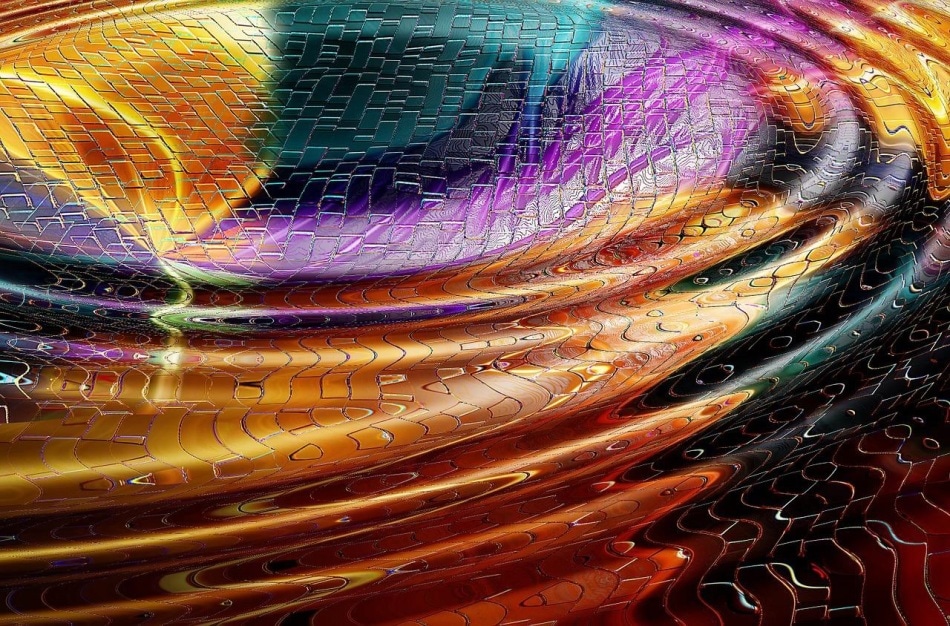Aug 12 2019
For the first time, scientists have determined the essential and sufficient conditions that must be satisfied by the low-energy limit of quantum gravity theories to preserve the principal features of the Unruh effect.
 (Image credit: Pixabay)
(Image credit: Pixabay)
A new study by scientists from the International School for Advanced Studies (SISSA), the Complutense University of Madrid, and the University of Waterloo offers a solid theoretical context to review modifications to the Unruh effect brought about by the microstructure of space-time.
The Unruh effect, which gets its name from the Canadian physicist who proposed it in 1976, predicts that someone who has propulsion and hence accelerates would see photons and other particles in an apparently empty space while another inertial person would observe a vacuum in the same region.
Inertial and accelerated observers do not agree on the meaning of ‘empty space’. What an inertial observer carrying a particle detector identifies as a vacuum is not experienced as such by an observer accelerating through that same vacuum. The accelerated detector will find particles in thermal equilibrium, like a hot gas.
Raúl Carballo-Rubio, Postdoctoral Researcher, SISSA, Italy
Carballo-Rubio continued, “The prediction is that the temperature recorded must be proportional to the acceleration. On the other hand, it is reasonable to expect that the microstructure of space-time or, more generally, any new physics that modifies the structure of quantum field theory at short distances, would induce deviations from this law.
He added, “While probably anyone would agree that these deviations must be present, there is no consensus on whether these deviations would be large or small in a given theoretical framework. This is precisely the issue that we wanted to understand.”
What we’ve done is analysed the conditions to have Unruh effect and found that contrary to an extended belief in a big part of the community thermal response for particle detectors can happen without a thermal state. Our findings are important because the Unruh effect is in the boundary between quantum field theory and general relativity, which is what we know, and quantum gravity, which we are yet to understand.
Eduardo Martin-Martinez, Assistant Professor, Department of Applied Mathematics, University of Waterloo
Martin-Martinez continued, “So, if someone wants to develop a theory of what’s going on beyond what we know of quantum field theory and relativity, they need to guarantee they satisfy the conditions we identify in their low energy limits.”
The scientists investigated the mathematical structure of a quantum field’s correlations in frameworks outside the standard quantum field theory. Then, this analysis was employed to determine the three necessary conditions that are adequate to preserve the Unruh effect.
Using these conditions, the low-energy predictions of quantum gravity theories can be determined, and the study outcomes offer the tools required to make these predictions in a wide spectrum of conditions.
The researchers are confident that the study’s potential to identify how the alterations in the structure of quantum field theory modify the Unruh effect, together with the relative significance of these modifications, offers a solid theoretical framework to discuss and maybe investigate this specific feature as one of the probable phenomenological manifestations of quantum gravity.
This is specifically significant and holds true even if the effect has not yet been quantified experimentally, since it is anticipated to be corroborated in the near future.
The study titled “Unruh Effect Without Thermality,” authored by Raúl Carballo-Rubio, Luis J. Garay, a professor at the Complutense University of Madrid, and Waterloo’s Faculty of Mathematics and Institute of Quantum Computing researchers Martin-Martinez and his PhD student Jose de Ramon Rivera, was recently published in the Physical Review Letters journal.